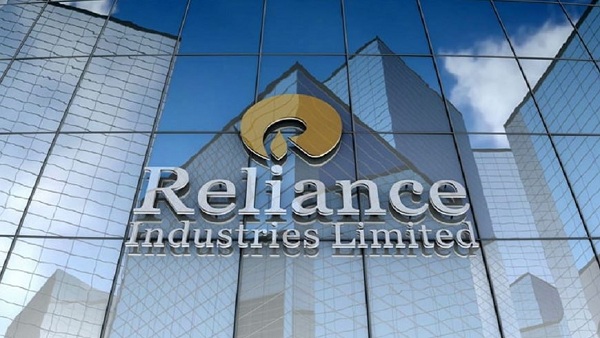Northern Arc Capital will fully explore its current business model —lending, syndication & structuring, and fund management —before considering other opportunities, including turning into a small finance bank, said Kshama Fernandes, MD & CEO of the firm.
The Chennai-based non-deposit taking, systemically important non-banking finance company (NBFC) reported a 20 per cent year-on-year (yoy) growth in assets under management (AUM), which includes loans and investments, in FY21 against 6 per cent y-o-y growth in FY20. AUM stood at ₹5,215 crore as at March-end 2021.
In an interaction with BusinessLine, Fernandes emphasised that 20 per cent AUM growth can be sustained in FY22 also. She observed that the MSME sector will require maximum amount of financing in the mid to long-term and that is going to be a great business opportunity.
Excerpts:
How has Northern Arc weathered the second wave of Covid-19?
The second wave was worse as it came to our doorstep. Lockdown 2 impacted the rural economy a lot more. But from a business perspective, I think, it was slightly better (as compared with the first wave). The lockdown was differentiated, with local administration being involved in making decisions. Businesses were open. Of course, there were restricted hours. But manufacturing, transport, essential services, etc., were operational. Lenders could go out. Collections were happening. NBFCs with multi-State operations actually benefited because different geographies were affected at different times. So, at all points of time, there was something (business) that was on the move.
In lockdown 1, NBFCs operations were in complete disarray. Lenders were coping with moratorium requests. There was a sharp reduction in disbursements at that point of time. In lockdown 2, NBFCs continued to operate…I think, generally, the sense is that disbursement in lockdown 2 did not come to a halt, neither did the collections.
What is your business growth target for FY22?
We have ₹5,200 crore-plus of AUM as of today. Two years ago, the AUM was around ₹4,000 crore. The balance sheet is, of course, bigger (about ₹5,600 crore) because we are sitting on a significant amount of cash just because the environment is such and we want to make sure that at all points of time we are in a position to manage liquidity.
If you look at our liabilities side, it is probably the best position we have been in a very long time. We have well-diversified liabilities —50 per cent plus liabilities from banks and the remaining liabilities from Development Finance Institutions, capital markets, and non-banks.
In FY2019, our AUM growth was around 12 per cent. In FY2020, the growth rate dropped because of factors in the industry, and in FY2021, we have grown at 20 per cent. This growth can be sustained. In fact, we did have an opportunity to potentially grow more (in FY21) but we ensured that we maintain enough liquidity for us to feel comfortable in an environment like this. But I think the growth opportunities are there and will continue.
In which segments do you see opportunities?
For example, I do feel that, given where we are, one of the sectors that will need the maximum amount of financing in the mid to long-term is the MSME (micro, small and medium enterprise) sector. This is going to be a space where one will have to really carefully evaluate given that there is a huge amount of economic stress that has impacted retail borrowers, small businesses, and so on. But I think this is the space where there is a big opportunity going forward.
Our largest business continues to be a combination of microfinance and commercial vehicle finance. There is a significant amount of book we have in the consumer finance space as well. The others are affordable housing finance, agricultural supply chain finance and MSME finance.
We have always, sort of, played in spaces that are not well understood. We believe that we have a way, and we have the knowledge and skill. And we have the risk appetite to really take exposures to sectors, geographies, institutions, borrowers, a normal lender will not take.
Given the stress in the MFI space, will you look at acquisitions?
The way the microfinance institutions (MFIs) operate today is very different from the way they did in the past. I think the regulator has taken some really positive measures, more so in recent times, that really gives us the sense that this sector is being supported. In some sense, this sector has a future. This makes it far more conducive for the small to medium MFIs to bring more capital, get lending facilities and so on. But there is no doubt that there will be some entities which will get hurt more badly than the others. That is definitely going to happen given the extent of shock we have gone through. I think we would definitely want to consider acquisition opportunities as the situation pans out. We are open to all ideas.






